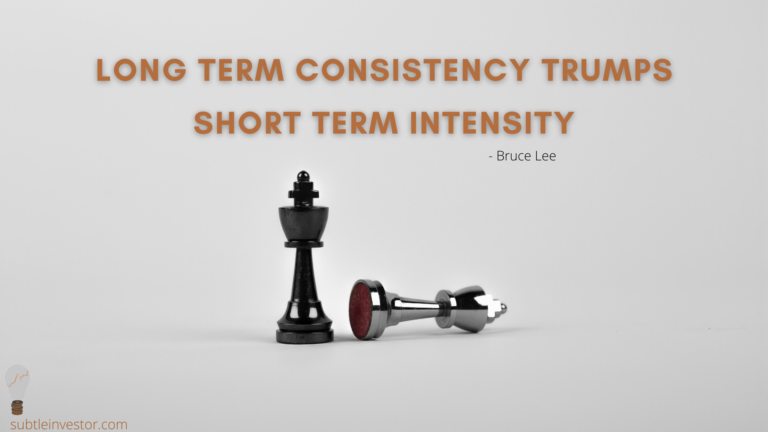October is the MOST volatile month: Here is how to handle it
As a new graduate joining the investment industry, one of the most common words I heard was “volatility.” Back then it was just a technical work term for me. I spent time calculating them over excel and at times on a simulated specialised software.
But as an investor, it triggered feelings of uncertainty and fear. I am sure some of you would feel the same. But, with time, I have learnt to not be afraid of it because I realised it is simply part of the market’s natural rhythm.
In this post, you’ll read about what stock market volatility really means, why it’s particularly higher in October & how to invest.
What is Stock Market Volatility?
Volatility refers to the frequency and magnitude of price movements in the stock market. In simple terms, when the market is volatile, stock prices can rise and fall rapidly in short periods. This can be triggered by various factors—economic data, political events, earnings reports, or changes in investor sentiment.
While sharp price swings can cause concern, it’s important to remember that volatility doesn’t automatically signal bad news. In fact, it’s often the natural ebb and flow of market dynamics. Without volatility, there would be little opportunity for profit, as stable prices offer fewer chances to buy low and sell high.

Why YOU Shouldn’t Fear Volatility
Volatility is often seen as a risk, but it can also present opportunity. If you’re investing for the long term, short-term volatility should not deter you. Market fluctuations are inevitable, and trying to time the market—buying and selling based on short-term movements—is kind of impossible.
Instead, consider market downturns as opportunities to buy quality investments at a discount. Over time, stock prices generally tend to recover and grow, rewarding those who have stayed the course. Historically, the stock market has always trended upward over long periods, despite numerous corrections and bear markets. Understanding this can help you maintain confidence during volatile times.
October being the Most Volatile Month
October is often dubbed the most volatile month in the stock market, and there’s a reason for this reputation. Historically, several major market crashes have occurred during October, including the infamous “Black Monday” crash of 1987, when the market plummeted by over 20% in a single day.
Some suggest it’s a psychological phenomenon known as the “October effect,” where investors brace themselves for losses simply because of the month’s history. However, there are more concrete reasons for heightened volatility in October. One factor is that it falls at the start of the fourth quarter, a period when companies release crucial earnings reports. These reports provide updated guidance for the remainder of the year, and any surprises—positive or negative—can lead to big market movements.
Additionally, October often follows a quieter summer trading period. As institutional investors and traders return from vacation, trading volumes increase, leading to more pronounced swings in stock prices.
The summary
- Volatility can be unnerving, but it’s also very much expected. Without it, there’s no opportunity.
- History shows that volatility is often short-lived.
- Instead of fearing volatility, embrace it and use down markets to buy the dip in quality markets
- Use sound financial principles, such as diversification and dollar cost average to ride out the volatility
- While October may be a bumpy ride, remember that the market’s ups and downs are natural. Stay the course, focus on the long term, and let the power of compounding and time work in your favour.
